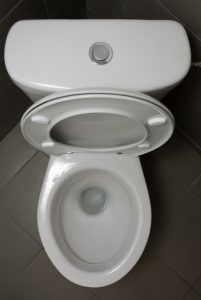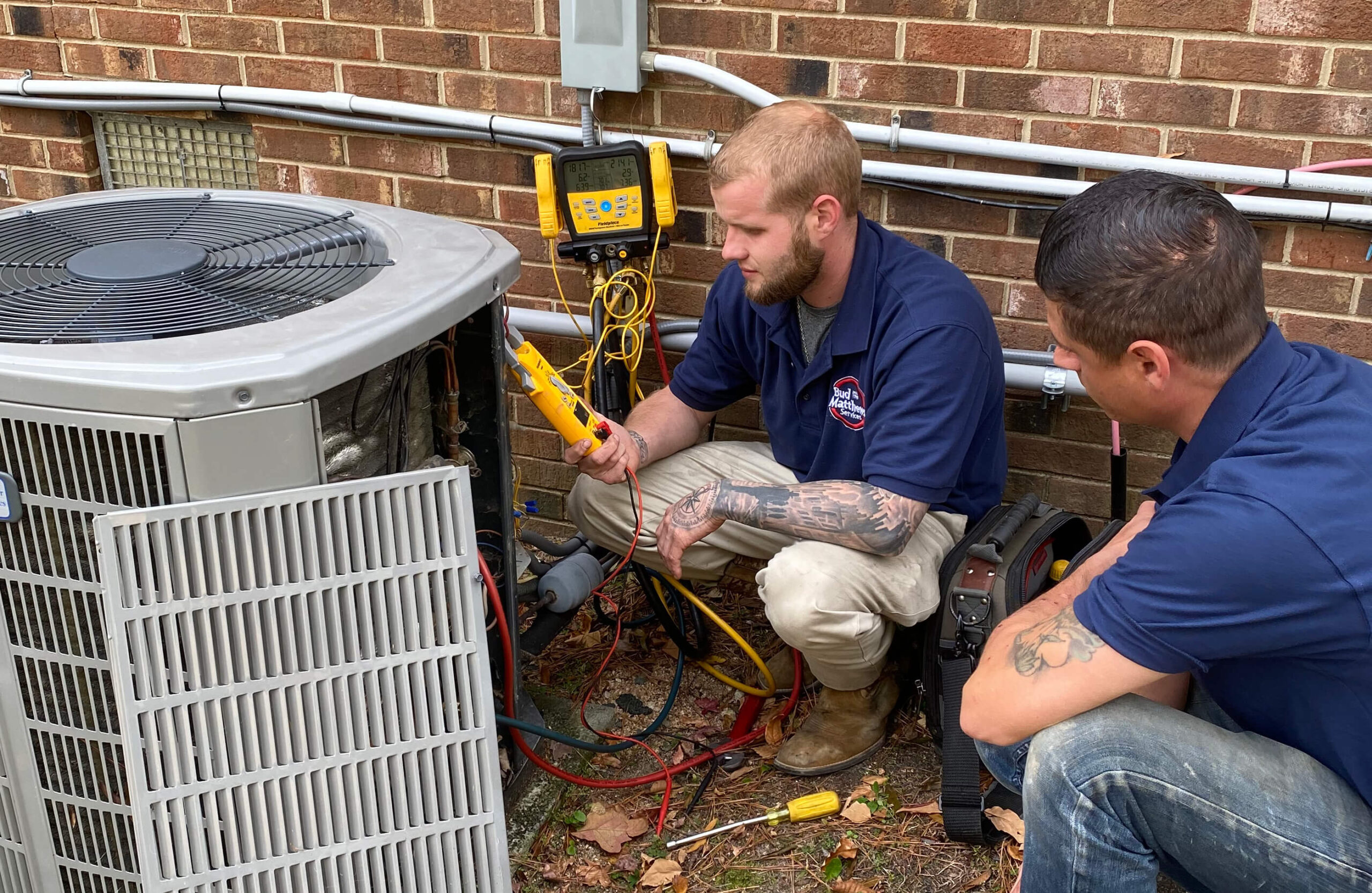Why Won’t the Toilet Stop Running?

After a toilet is flushed, which sends water from the tank down into the bowl, the tank starts to fill up once again with water coming from the fresh water feed line. Once the water reaches a set level in the tank, as detected by a float, the flow shuts off. You’ll be used to the sound: running water for around a minute or so after the flush.
But if you notice the water is continuing to run, there’s something wrong. You can try flushing the toilet again or jiggling with the handle; often times the problem won’t repeat. But if it does—or if this trouble persists—you have a running toilet that will need to be repaired. A toilet that runs longer than it should is a major water waster.
Reasons for a Running Toilet
The big question is in the title of the post, and there are a number of different answers. Most of the time, you’ll require professional bathroom plumbing repairs in Durham, NC to fix the problem. Don’t hesitate, since you’ll be wasting water and won’t be able to flush the toilet while the water is running!
- Bad flapper: The flapper is the seal on the bottom of the toilet that opens to allow water from the tank to enter the bowl, and then closes over it to stop the flow. If the flapper deteriorates or can’t completely seal because of deposit build-up, water will keep leaving the tank and the water flow from the feed line won’t stop. A bad flapper will need to be replaced.
- Broken float ball: The float ball is responsible for shutting off the water flow into the tank when the tank is filled to its pre-set level. If water continues to rise because of a broken float ball, it will go down the overflow tube into the bowl and the flow of water into the tank won’t stop. The float will need either repairs or a replacement.
- Refill tube broken: The water entering the feed line comes in through the refill tube, which is poised over the overflow tube. If this tube breaks, it can mean a continuous flow of water.
- Worn down gaskets: The gaskets between the tank and the bowl can lose their sealing, and this will allow water to continue to flow from the tank to the bowl. This is often a sign of a toilet that’s getting to old to keep around.
Choosing a Toilet Replacement
We want to consider that last point a bit more. Although a toilet of any age can start to have problems with running continuously, an older toilet is more likely to run into repair issues like this. If your toilet is regularly having to be repaired and is more than 20 years old, we strongly recommend replacing it. This isn’t only to stop repair trouble; it will also save you water. Old toilets can use 20% more water than even standard new models.
Bud Matthews Services is here for all your home service needs! You can reach us 24/7 when you need emergency repair work.













